Event-Driven Cloud Design
0 605
⚙️ What is Event-Driven Cloud Design?
Event-Driven Cloud Design is an architecture where components communicate through the emission and consumption of events. Instead of polling or tightly coupled integrations, services respond to events asynchronously, allowing applications to scale, react in real-time, and remain loosely coupled.
This is a foundational model for building highly responsive, decoupled, and resilient systems in cloud-native environments.
🚦Key Characteristics of Event-Driven Design
- Asynchronous Communication: Components operate independently, reacting to events instead of waiting for direct calls.
- Loose Coupling: Producers and consumers of events don’t need to know about each other.
- High Scalability: Because components react independently, they can scale based on event load.
- Resiliency: Failures in one component don’t bring down the whole system.
📬 Common Event Sources in Cloud
- File uploads (e.g., S3, Blob Storage)
- Database changes (e.g., DynamoDB Streams, Firestore Triggers)
- User interactions (e.g., API Gateway, Pub/Sub)
- Custom application events (e.g., business logic triggers)
🧱 Core Components in Event-Driven Cloud Design
- Event Producers: Services that emit events, like user actions or data updates.
- Event Routers: Middleware that routes events to appropriate handlers (e.g., EventBridge, Pub/Sub, Event Grid).
- Event Consumers: Services that process events (e.g., AWS Lambda, Azure Functions, Cloud Functions).
📨 Example: File Upload Event with AWS
Use case: When a file is uploaded to S3, a Lambda function should resize it.
# Event Source: S3 Bucket trigger
{
"Records": [
{
"eventName": "ObjectCreated:Put",
"s3": {
"bucket": { "name": "image-uploads" },
"object": { "key": "photo.jpg" }
}
}
]
}// Lambda Function (Node.js)
exports.handler = async (event) => {
const fileName = event.Records[0].s3.object.key;
console.log(`File uploaded: ${fileName}`);
// Logic to resize image here
return { status: "Processed" };
};🔄 Event Flow in Google Cloud
Use Google Cloud Storage and Cloud Functions with Pub/Sub:
- User uploads a file to GCS
- A Pub/Sub notification is fired
- Cloud Function consumes the message and processes the file
// Cloud Function in GCP
exports.processUpload = (event, context) => {
const filename = event.name;
console.log(`Processing file: ${filename}`);
// Business logic here
};🌩️ Azure Example: Event Grid with Blob Storage
In Azure, Event Grid can trigger Azure Functions when a new blob is added:
// JavaScript Azure Function
module.exports = async function (context, eventGridEvent) {
context.log(`Blob created: ${eventGridEvent.data.url}`);
// Perform operations like validation or transformation
};🛠️ Event-Driven Design Patterns
- Fan-out: One event triggers multiple downstream functions.
- Event Sourcing: Store all changes as a sequence of immutable events.
- CQRS (Command Query Responsibility Segregation): Separate read and write concerns via events.
🔐 Security in Event-Driven Systems
Security is crucial as multiple services interact via events:
- Use IAM roles and policies to restrict access to event sources and sinks.
- Enable logging to trace event propagation and processing.
- Apply validation at the consumer level to ensure event integrity.
📈 Monitoring and Debugging
Since services are decoupled, visibility can be challenging. Here’s how to monitor effectively:
- Use CloudWatch (AWS), Azure Monitor, or Google Cloud Logging.
- Attach correlation IDs to trace events through multiple services.
- Use DLQs (Dead Letter Queues) to capture failed events for retries or inspection.
✅ Benefits of Event-Driven Design
- Elasticity: Services only consume resources when triggered.
- Scalability: Auto-scaling per event stream load.
- Agility: Easy to add or replace services without major rewrites.
- Cost-Efficiency: Pay only for usage, no idle compute.
📌 Use Cases Best Suited for Event-Driven Architecture
- Image and video processing pipelines
- IoT sensor data processing
- Real-time alerting and monitoring
- Transactional systems (like order processing)
🧠 Final Thoughts
Event-Driven Cloud Design is a strategic shift toward building modern, scalable, and agile systems in the cloud. Whether you're using AWS EventBridge, Google Pub/Sub, or Azure Event Grid, the concept remains the same: listen for changes and react.
As cloud workloads grow, adopting event-driven patterns helps ensure your application remains responsive, modular, and future-ready.
If you’re passionate about building a successful blogging website, check out this helpful guide at Coding Tag – How to Start a Successful Blog. It offers practical steps and expert tips to kickstart your blogging journey!
For dedicated UPSC exam preparation, we highly recommend visiting www.iasmania.com. It offers well-structured resources, current affairs, and subject-wise notes tailored specifically for aspirants. Start your journey today!

Share:

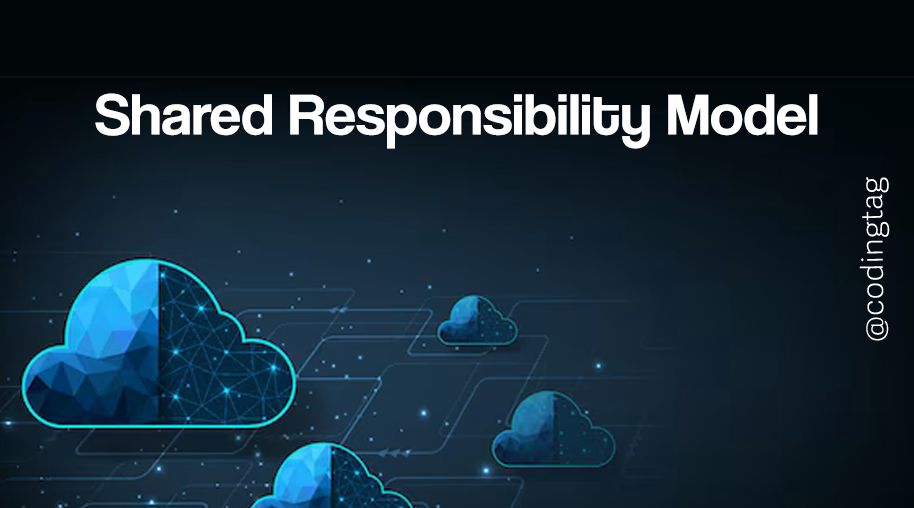
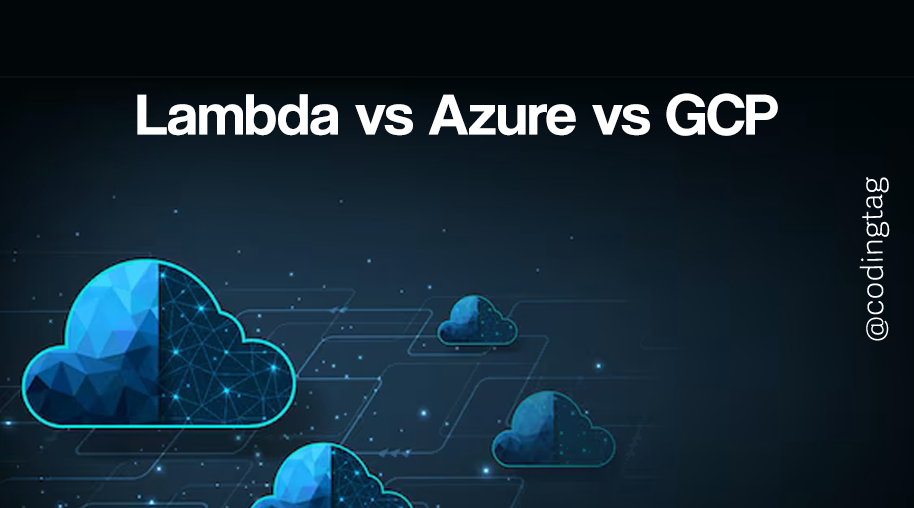
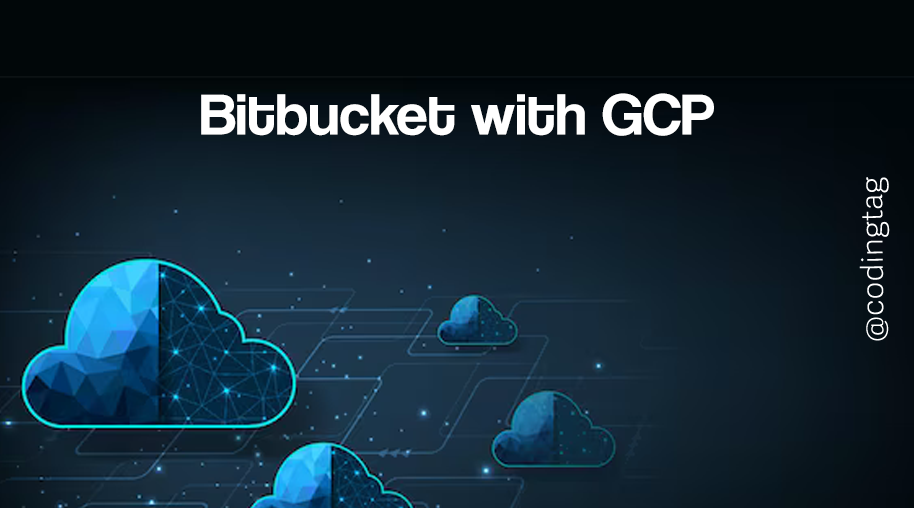
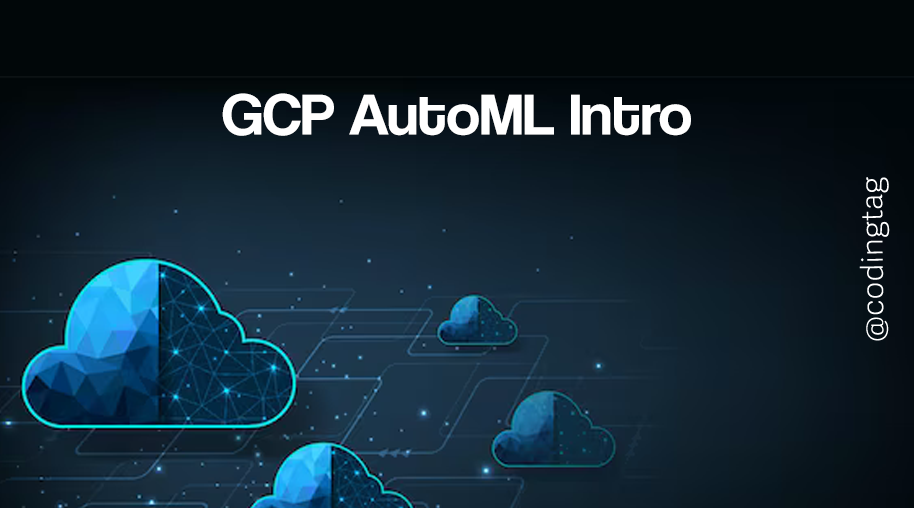
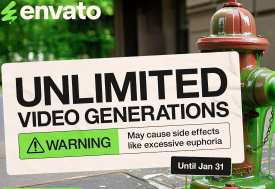

Comments
Waiting for your comments